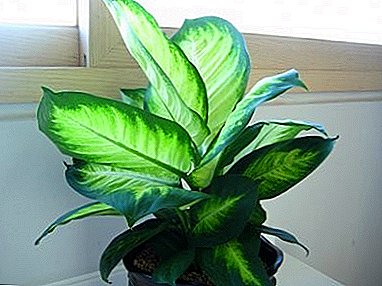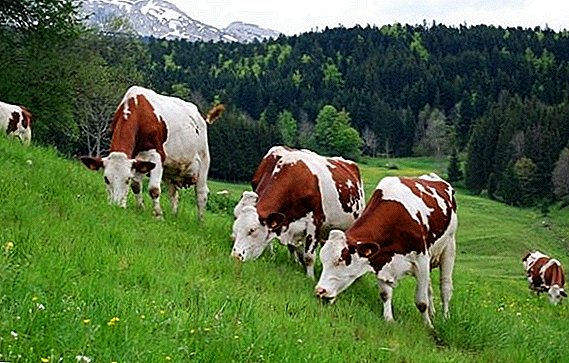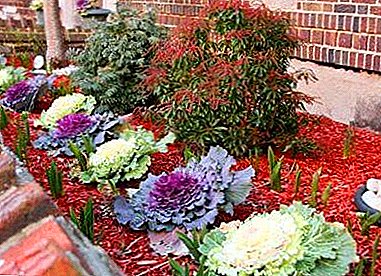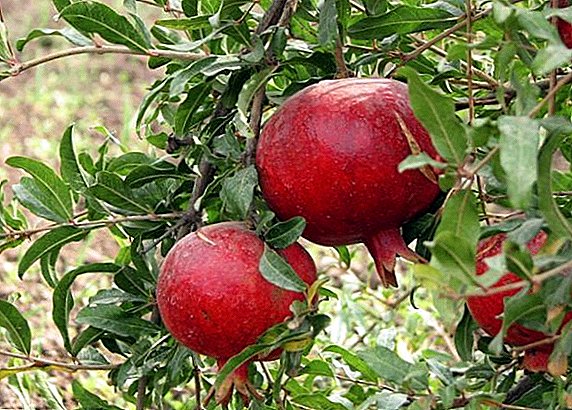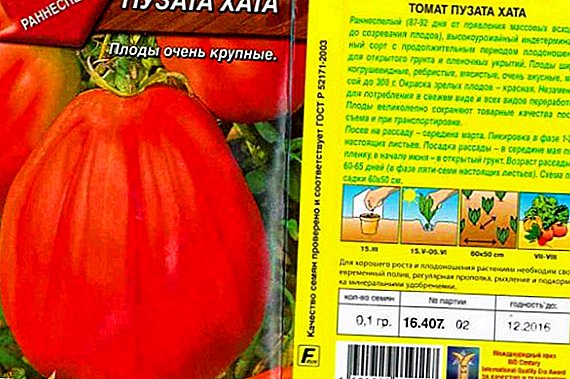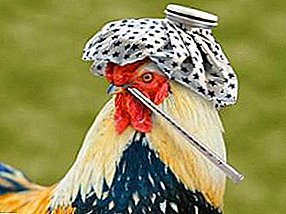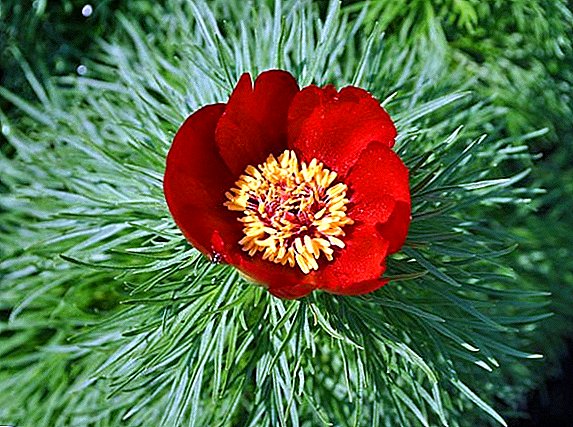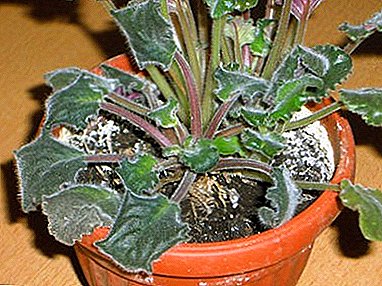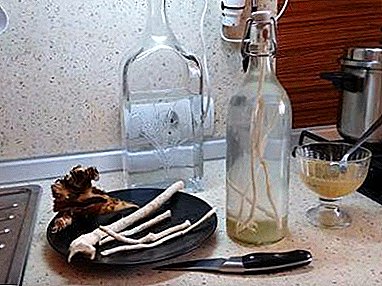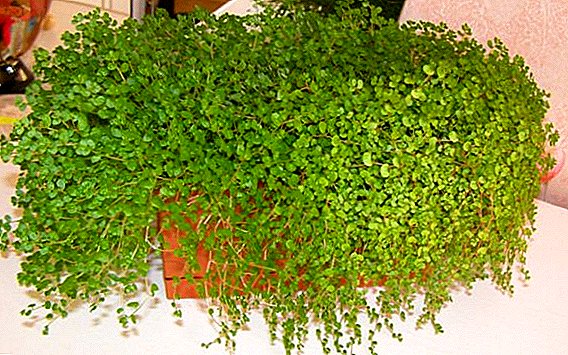 Solerolia is an ornamental plant of the nettle family. In its natural environment, it covers the entire surface of the earth with a green carpet; at home, an adult plant looks like a green fluffy ball. Today we will discuss the intricacies of growing home nettle and the features of caring for it.
Solerolia is an ornamental plant of the nettle family. In its natural environment, it covers the entire surface of the earth with a green carpet; at home, an adult plant looks like a green fluffy ball. Today we will discuss the intricacies of growing home nettle and the features of caring for it.
Soleyroliya: what is this plant
Soleyrolia - groundcover, creeping plant, perennial. The bush has long processes of filamentous type, on which lush green leaves grow. The leaves are oval-shaped, up to 5 mm in diameter, grow in groups. During flowering, the plant is covered with white or cream-colored small flowers. Native environment for saline water - humid tropics, shores of reservoirs, forests.
At home, the culture is used as a ground cover, it decorates aquariums, winter gardens, greenhouses. Decorative nettles are planted in ordinary and hanging pots, decorated with terrariums.
Solerolia is the only species of the genus, but breeders have deduced several varieties:
- "Argentea" - leaves of silvery tone;
- "Variegata" - the leaves are bordered with a white stripe;
- "Aurea" - golden yellow leaves.
Did you know? Decorative netting is often confused with a nerter. These plants are really similar as two drops of water, but, unlike the saline, the nerta fruits, during this period it is decorated with small fruits. of red color.

How to care at home
Tropical plants at home are capricious: they need a strict temperature and humidity regime, strict observance of the frequency of irrigation, planting and transplanting rules, feeding and so on.
Location and lighting
If you put a home ground cover plant in the shade, then its shoots will be strongly stretched, the foliage will grow less often and the view will not be too decorative. In order for culture to develop well and correctly in the northern prituyenny window, it should provide additional coverage.
Important! On the windowsill illuminated by the sun, the leaves will become denser, shining and luscious, but the direct rays can burn the leaves, it will turn brown and lose its appearance.The ideal condition for the development of saltwater is diffused lighting.

Air temperature and humidity
Starting from the end of spring, in warm weather conditions, the temperature is desirable not to exceed +20 ° С. The maximum allowed is +25 ° C, but at this temperature the bush needs to be sprayed more often, wetting the soil and the air.
In winter, indoor air temperature should be around +15 ° C, if the temperature drops below +8 ° C, the bush will die. In winter, spraying is carried out once a week.
Important! You can not put a pot with a plant near the heating devices, dry heated air is detrimental to him.
Watering
Soil lump in the bitter should not dry out, make sure that the soil was constantly moistened. In this case, the moisture should not linger at the bottom of the pot or in the pan. In order to prevent rotting of the roots, a good layer of 3-5 cm of drainage is put on the bottom of the pot, water is drained from the pan.
Young bushes watered more often every 2-3 days. In winter, watering is reduced, in the summer in the heat increase. 
Top dressing
The plant is fed from the beginning of spring to September inclusive, and feeding is stopped for the winter. The procedure is carried out once every two weeks, using complex fertilizers for deciduous ornamental crops.
With a lack of nutrients, saline will begin to stretch, her foliage will turn pale.
Important! When transplanting keep in mind: the shoots have thin and fragile roots, it is necessary to move the plant from pot to pot extremely carefully.
How to transplant: soil and pot
Transplantation of saline is carried out in the spring. If it is not possible to prepare the soil yourself, ready-made soil for palm plants will do. The main condition is that the soil acidity should be low or neutral.  For self-preparation of soil mixture using leaf soil, sand and peat in equal parts.
For self-preparation of soil mixture using leaf soil, sand and peat in equal parts.
For culture, it is preferable to cook a wide pot in circumference, but not deep.
Drainage must be put on the bottom - large pebbles, expanded clay, vermiculite. After planting, the soil around the stem is not tamped: it must be loose and well pass oxygen. 
Reproduction at home
Soleyrolium grows well, so its reproduction by dividing the bush and also by grafting is possible.
Did you know? For the little leaves of the plant in the people gave a few gentle names: "children's tears", "tears of angels", "emerald carpet". Also often, ornamental grass is called Irish moss, apparently mistakenly mistaking for stylobane bryozoans, common in the hills of Ireland.The division is better to do during transplantation. From the mother bush, carefully separate the part with the roots and strong stems, plant in a separate pot. The first days of the delenok are not watered and kept cool. Next, the plant adapts, and care for him such as for an adult bush. The best period for this method is spring.
Petunia, chrysanthemums, orchids, clematis, geykher, streptocarpus are also propagated by cuttings.Closer to the summer, a bunch of shoots with roots and a clod of soil are separated from the bush, these cuttings are planted in a single pot. At the bottom of the pot drainage is required. Such cuttings root well at high temperatures. After a short time, shoots are thickly overgrown with foliage.

Possible difficulties in growing
The main problems in the cultivation of salt-water are associated with errors in the care of the crop at home, the most common ones are:
- missed watering and, as a result, dry earthen room;
- water remaining in the pan;
- location under the aggressive sun.
Place for culture should be chosen with special care. The lack of light is bad: shoots are drawn, the plant loses its shape. When there is an excess of sunlight, in the direct rays of the summer sun, tender leaves will get burned. In order for the plant to please you as long as possible, carefully follow all the manipulations carried out with it: timely and dosed watering, feeding, perfect lighting. Every two or three years the plant needs to be put in order with the help of pruning, as a neat appearance with time, due to the growth of shoots, is lost.


